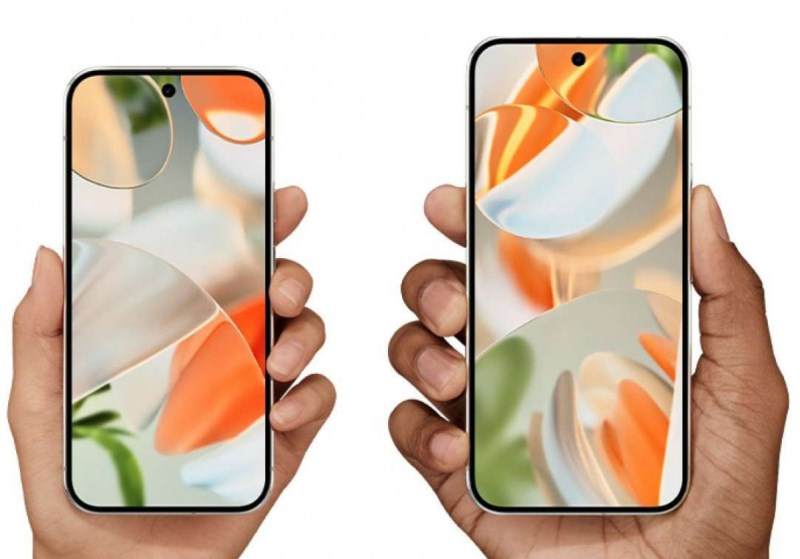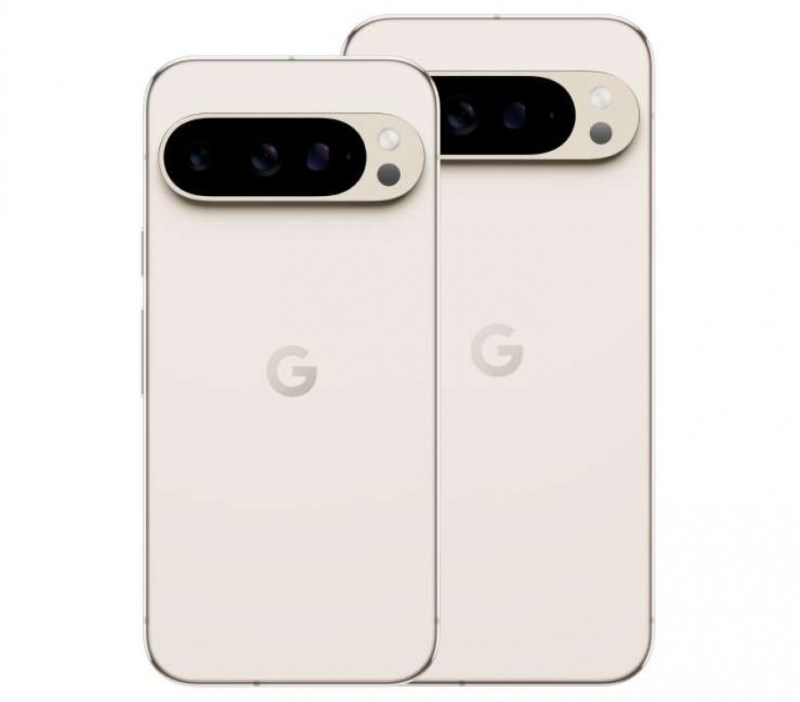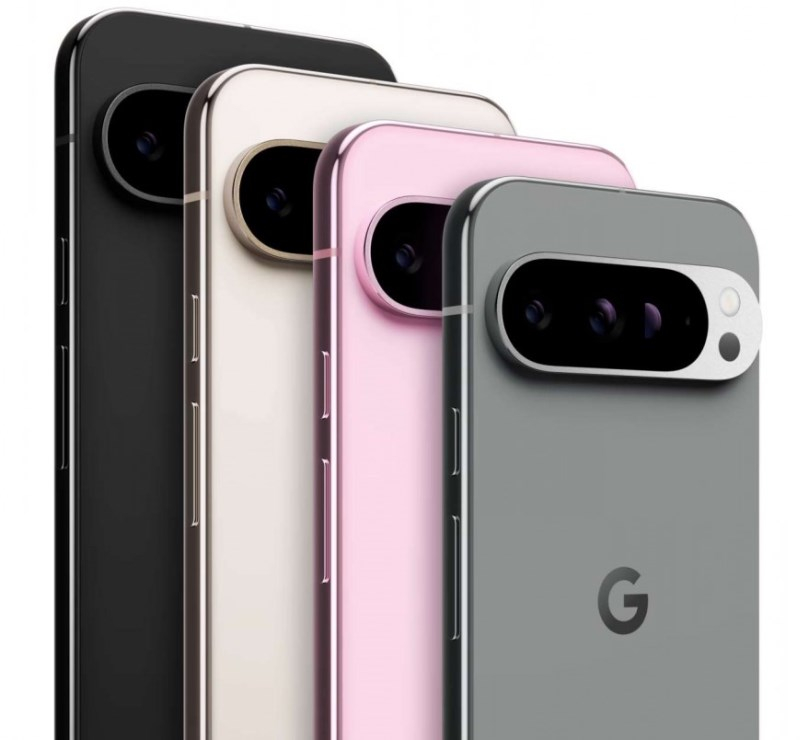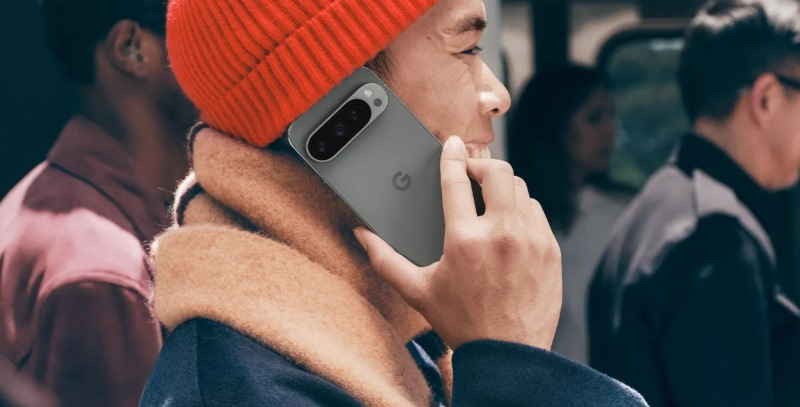Google held the Made by Google 2024 event, during which it officially presented new hardware and software products. Among other things, the search giant announced new Pixel 9 smartphones, with the Pro model available in two sizes for the first time.

Image source: Google
The Pixel 9 Pro has a 6.3-inch display, while the Pixel 9 Pro XL has a 6.8-inch screen. Both use Super Actu panels, which provide high levels of screen brightness and a 120Hz refresh rate. At the top of the screen there is a round hole in which there is a 42-megapixel front camera with a viewing angle of 103º. The main camera is built on a 50-megapixel sensor, which is complemented by a 48-megapixel ultra-wide-angle module and a 48-megapixel telephoto lens.
The main camera allows shooting video in 8K format at speeds up to 30 frames per second with support for Video Bust and Super Res Zoom. Other features such as Night Sight Video, Audio Magic Eraser, Macro Focus Video, etc. have also migrated from last year’s flagship to Pixel 9 Pro and Pixel 9 Pro XL.

The hardware basis of the flagships is the proprietary eight-core Google Tensor G4 processor, which is capable of ensuring the functionality of the Gemini Nano neural network on the device locally. This means that users will be able to use AI features that do not require a connection to remote servers, providing additional privacy.
The configuration is complemented by 16 GB of RAM and storage capacity of 128 GB, 256 GB, 512 GB or 1 TB. Due to the difference in size, Google’s flagships are equipped with different batteries: the Pixel 9 Pro has a 4,700 mAh battery, and the Pixel 9 Pro XL has a 5,060 mAh battery. In both cases, fast charging is supported with a power of up to 45 W, which allows you to charge the battery from 0 to 70% in 30 minutes.

Both smartphones received support for proprietary AI functions, which are united under the general name Google AI. These include Gemini Live, which allows you to have conversations with an enhanced voice assistant. In addition to this, there are 10 new assistant voices. With Pixel Studio, you can generate and edit images using text prompts, which makes it possible not only to create new pictures, but also to change images already on the device.
Pixel 9 Pro and Pixel 9 Pro XL also support Call Notes, which creates a summary text and a full transcript of the last call the moment the user hangs up (works if the call lasted more than 30 seconds). The Pixel Screenshot feature uses the Gemini neural network and other algorithms to help the user find the information they need among screenshots stored on the device.

In the US, the Satellite SOS feature will also work, which will allow you to contact emergency services via satellite if there is no cellular signal. There will be no additional charge for using this feature for the first two years. In addition to this, a new Pixel Weather application has appeared, which uses a neural network to create accurate and detailed weather forecasts. Running locally, Gemini Nano is also capable of generating weather forecasts and displaying them at user-set times.

Despite the fact that the new Google smartphones are coming out at the end of the beta testing phase of Android 15, they will ship with Android 14. The manufacturer promises to release updates to the operating system and features for seven years, and Android 15 will be available in the coming months.
Both Google flagships will be available in several color options: obsidian, porcelain, walnut and rose quartz. In terms of retail price, the Pixel 9 Pro starts at $999 and the Pixel 9 Pro XL starts at $1,099.